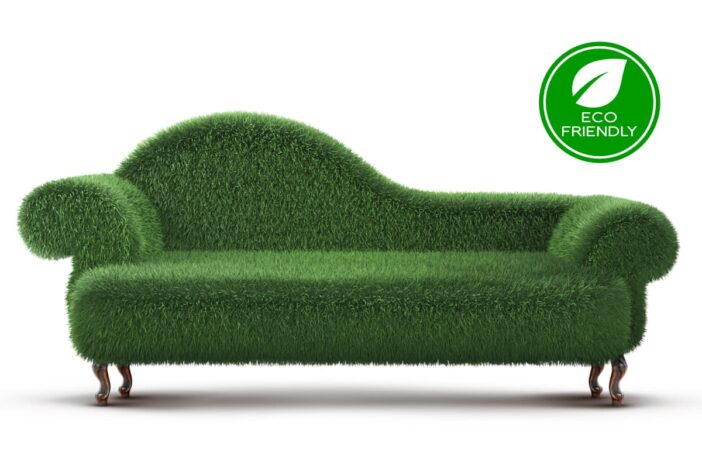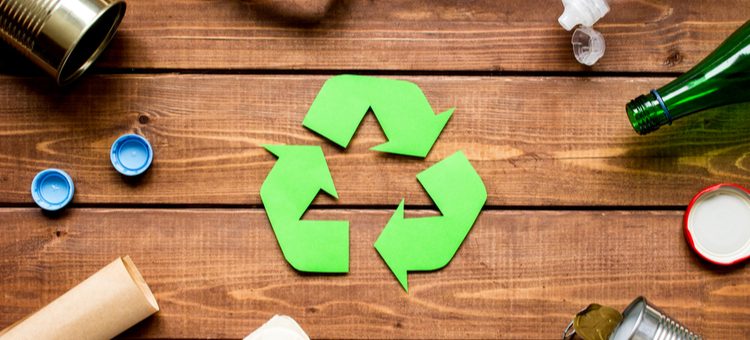From growing landfills to rising sea levels to burning forests and bad weather, it’s no secret that our planet could be in better shape. Fortunately, we can all do something to have a significant positive impact on the environment – and you don’t even have to go out your front door.
It’s as easy as optimizing the environmental impact of your interior. Perhaps the best thing is that no expensive solar modules need to be installed or invested in a whole new range of energy-efficient devices. Even the smallest changes can make a big difference – both for our planet and for your electricity bill.
Why should you go green?
First and foremost, it’s not expensive to go green. As you’ll learn below, there are many inexpensive and easy-to-implement changes you can make to the interior of your home. What about that? go green information Posts details the main reasons. Rest assured that there is one that will delight you.
Thermal curtains
Your windows are a major source of heat loss. Thermal curtains prevent this and control the room temperature by adding an additional protective layer to your windows. In summer, they block the heat of the sun, so you can use fewer air conditioners and fans. In winter, heat curtains trap the heat so you can turn the thermostat down.
plants
This is a no-brainer. More plants mean more oxygen and cleaner air. In addition, they are a great way to add life, beauty and ambience to any interior. Use fragrant plants like lilies, bamboo palms, mint, gerbera daisies and pines. Your guests will be delighted by the refreshing scents that adorn their noses as they enter.
Volatile organic compounds
Volatile organic compoundsVOCs for short are chemicals that evaporate easily at room temperature and are found in a number of household products. These include air fresheners, candles, detergents, adhesives, furniture, and most commonly paints. At home, VOC levels can be up to five times higher than outdoors.
The problem with VOCs is that they contain harmful chemicals that contribute to health problems like nausea, kidney damage, allergic skin reactions, damage to the nervous system, and cancer. Avoid VOCs by choosing Green Seal certified and low odor products. When buying furniture, choose parts with low-VOC surfaces.
Flooring
Avoid carpets when it comes to the floor of your home wherever possible. Not only is the material out of date, unstylish and difficult to clean, it also harms the planet when it is made. The same chemicals and pollutants will then be released into your home over the life of the carpet. Hardwood floors are a much more environmentally friendly option.
Conclusion
Replace older lights with LED lights. Use fewer paper towels and more towels. Include some power strips to reduce energy consumption. Install a water filter to avoid buying bottled water. Frankly, the list can go on forever. Think about the impact of your daily household activities and you may find some that can be changed. Every little step counts.
 TopsDecor.com Home Decor Ideas
TopsDecor.com Home Decor Ideas







